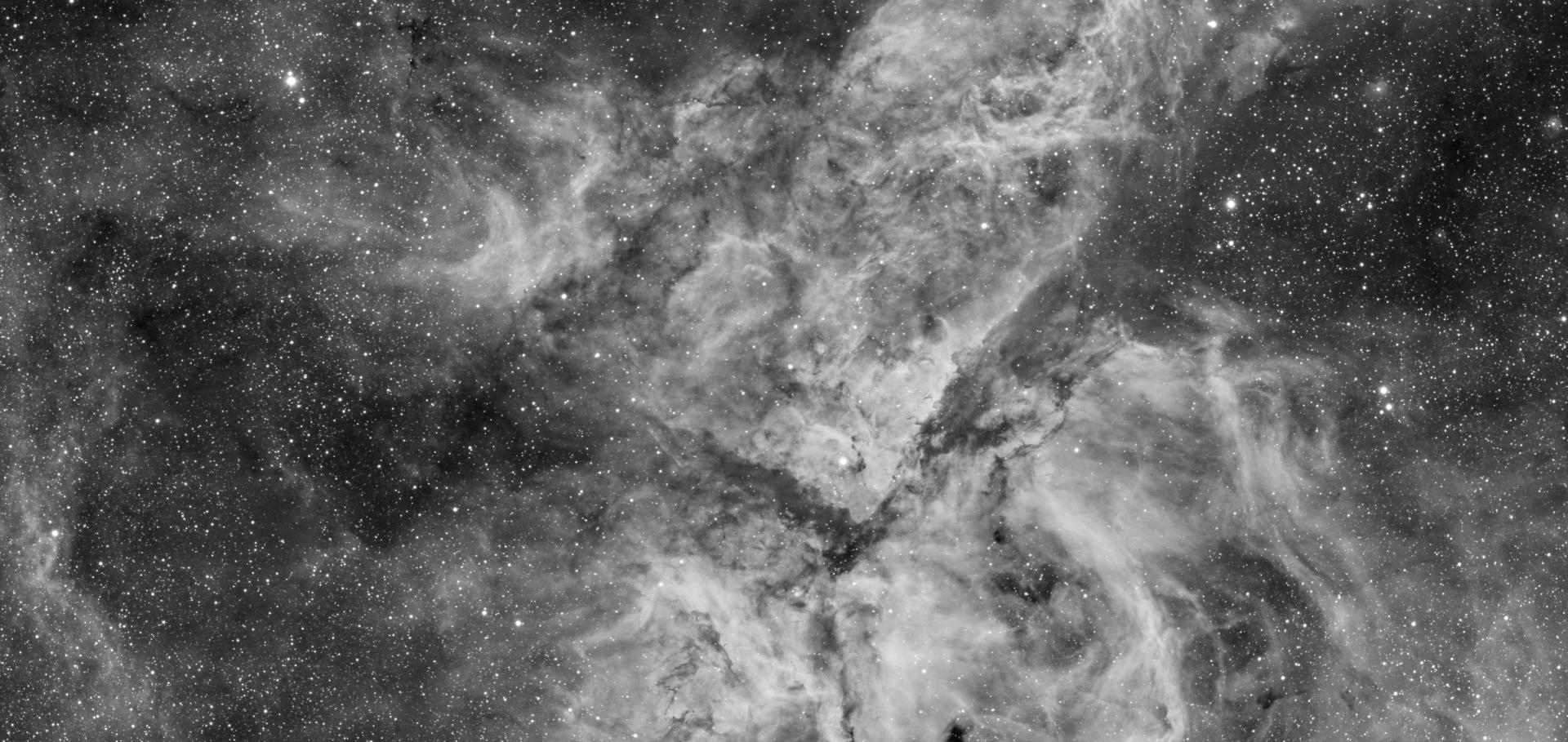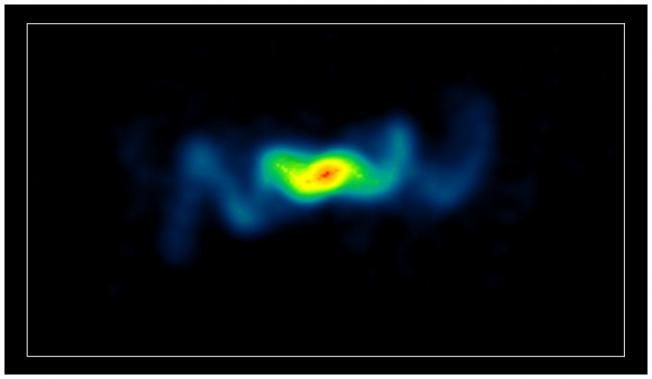The under-explored radio-loudness of quasars and the possibility of radio-source--environment interactions
ArXiv astro-ph/0306110 (2003)
Abstract:
I demonstrate that radio observations in the literature to date of optically-selected quasars are largely inadequate to reveal the full extent of their jet-activity. I discuss a recent example of an optically-powerful quasar, which is radio-quiet according to all the standard classifications, which Blundell & Rawlings discovered to have a >100 kpc jet, and show that other than being the first FRI quasar to be identified, there is no reason to presume it is exceptional. I also discuss a possible new probe of accounting for the interactions of radio sources with their environments. This tool could help to avoid over-estimating magnetic fields strengths within cluster gas. I briefly describe recent analyses by Rudnick & Blundell which confront claims in the literature of cluster gas B-fields > 10 micro-G.The under-explored radio-loudness of quasars and the possibility of radio-source--environment interactions
(2003)
Lowering inferred cluster magnetic field strengths: The radio galaxy contributions
Astrophysical Journal 588:1 I (2003) 143-154
Abstract:
We present a detailed examination of the relationship between the magnetic field structures and the variations in Faraday rotation across PK.S 1246-410, a radio source in the Centaurus cluster of galaxies, using data from Taylor, Fabian, & Alien. We find a significant relationship between the intrinsic position angle of the polarization and the local amount of Faraday rotation. The most plausible explanation is that most or all of the rotation is local to the source. We suggest that the rotations local to cluster radio galaxies may result either from thermal material mixed with the radio plasma, or from thin skins of warm, ionized gas in pressure balance with the observed galaxy or hot cluster atmospheres. We find that the contribution of any unrelated cluster rotation measure (RM) variations on scales of 2″-10″ are less than 25 rad m-2 the standard, although model-dependent, derivation of cluster fields would then lead to an upper limit of ≈0.4μG on these scales. Inspection of the distributions of rotation measure, polarization angle, and total intensity in 3C 75, 3C 465, and Cygnus A also shows source-related Faraday effects in some locations. Many effects can mask the signatures of locally dominated RMs, so the detection of even isolated correlations can be important, although difficult to quantify statistically. In order to use radio sources such as those shown here to derive cluster-wide magnetic fields, as is commonly done, one must first remove the local contributions. This is not possible at present.Near-infrared imaging and the K-z relation for radio galaxies in the 7C Redshift Survey
Monthly Notices of the Royal Astronomical Society 339:1 (2003) 173-188
Lowering Inferred Cluster Magnetic Field Strengths - the radio galaxy contributions
ArXiv astro-ph/0301260 (2003)



